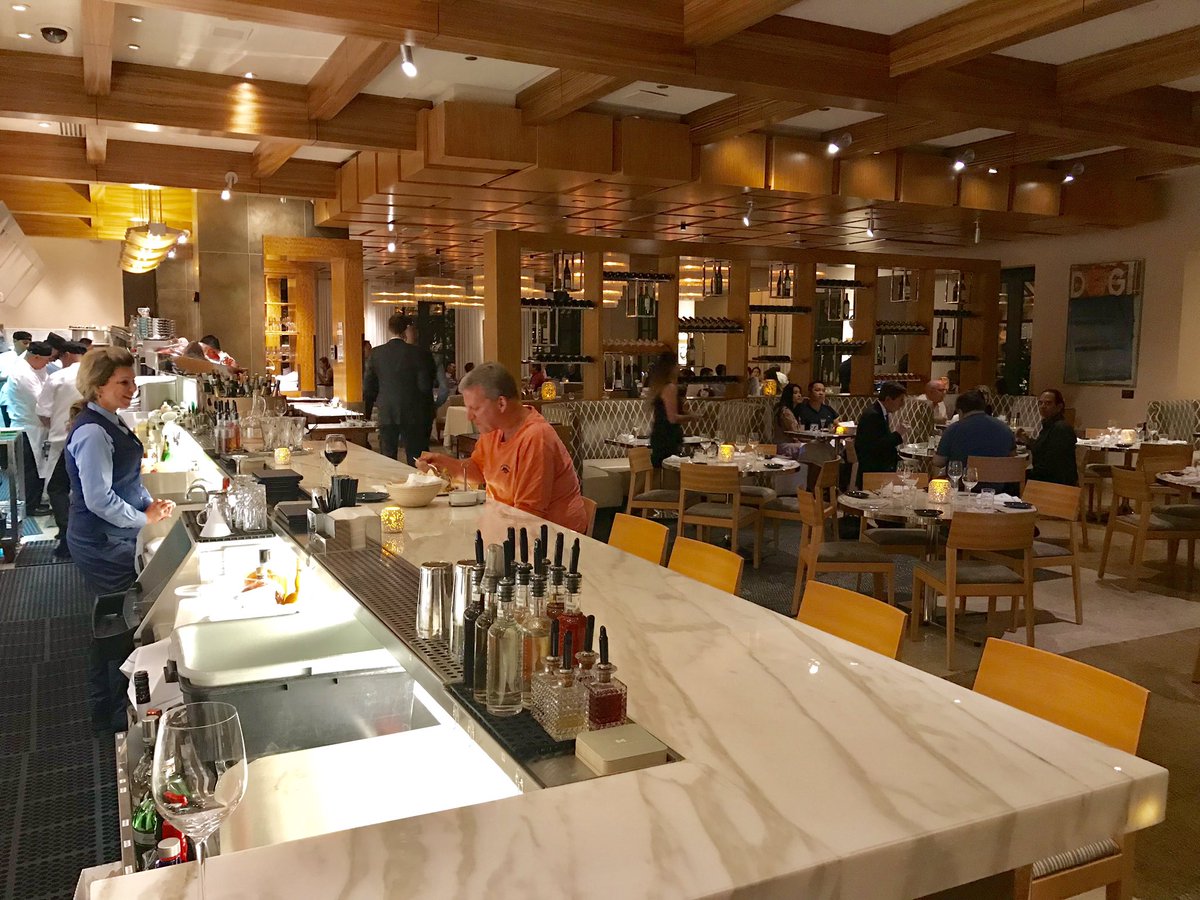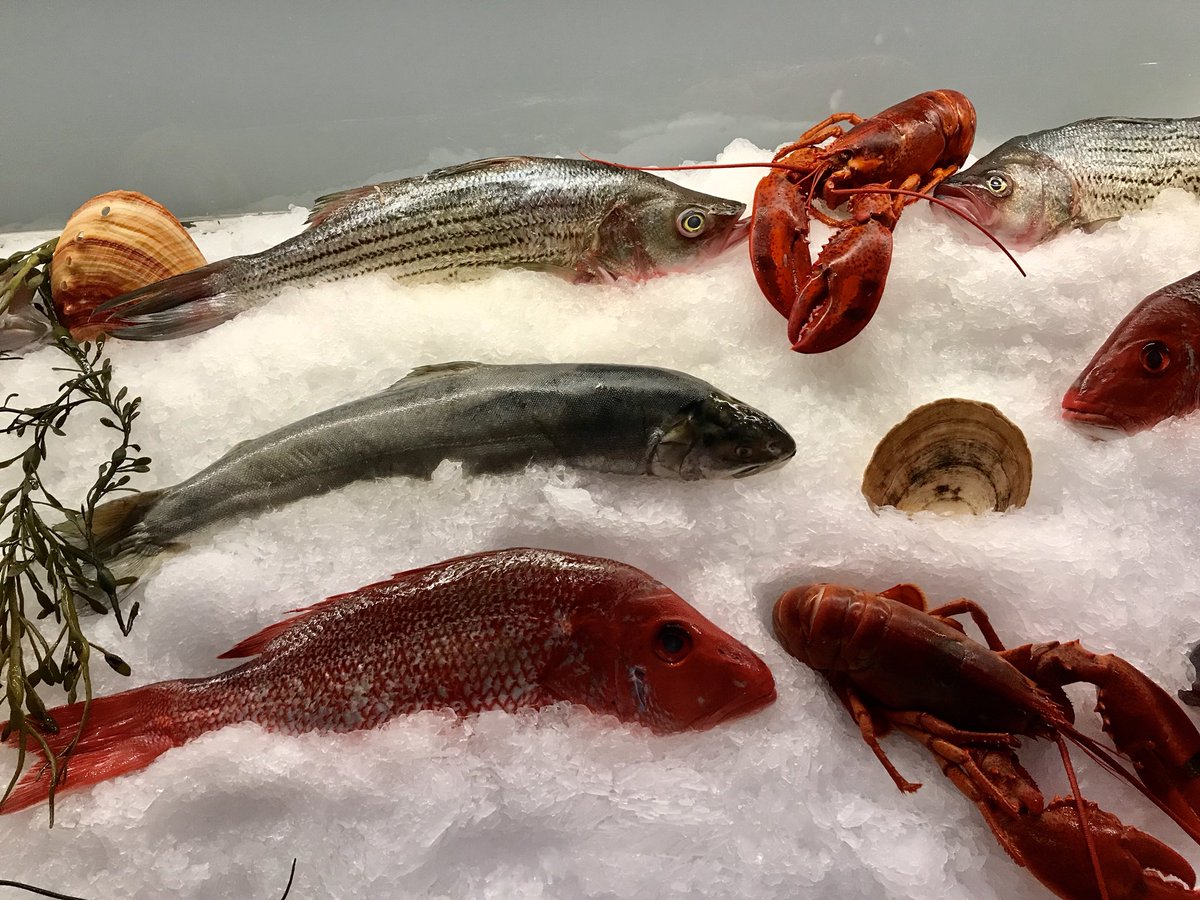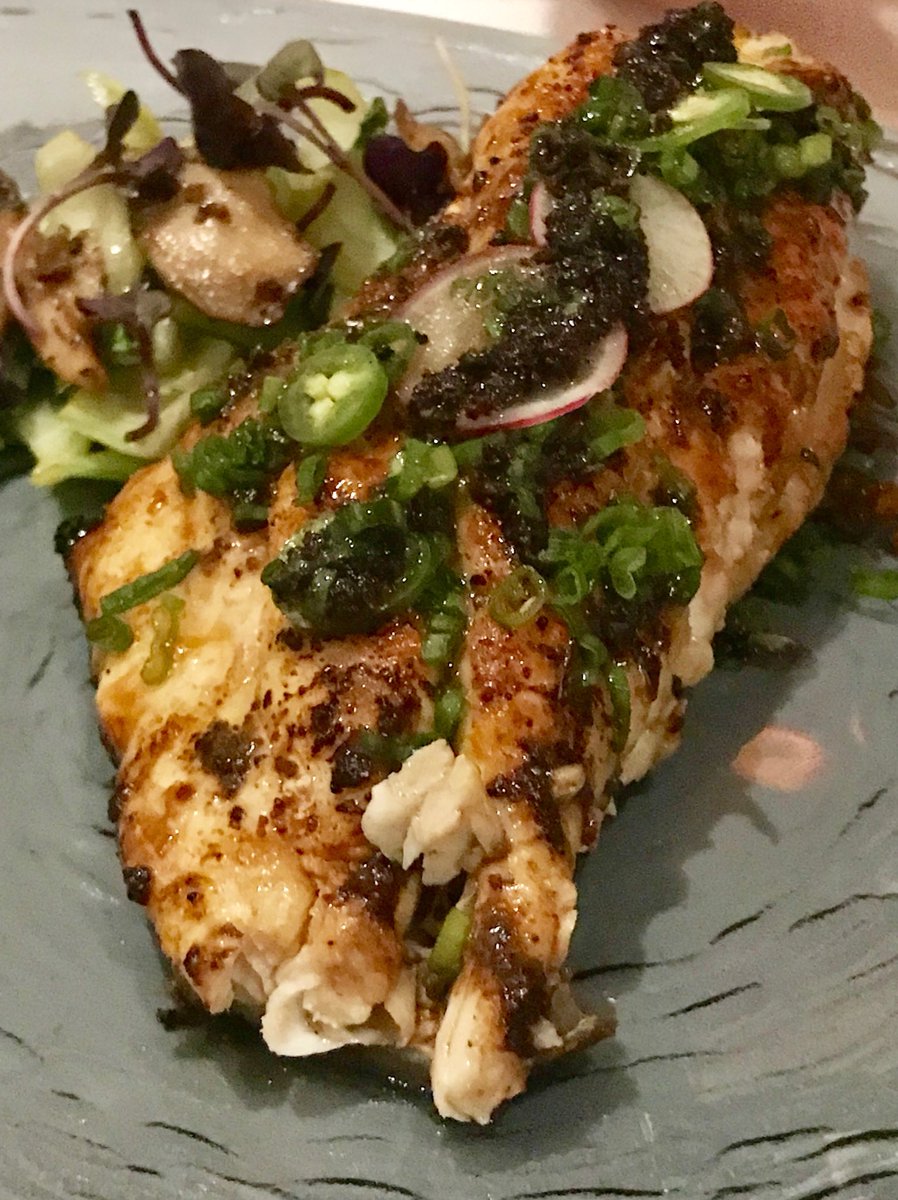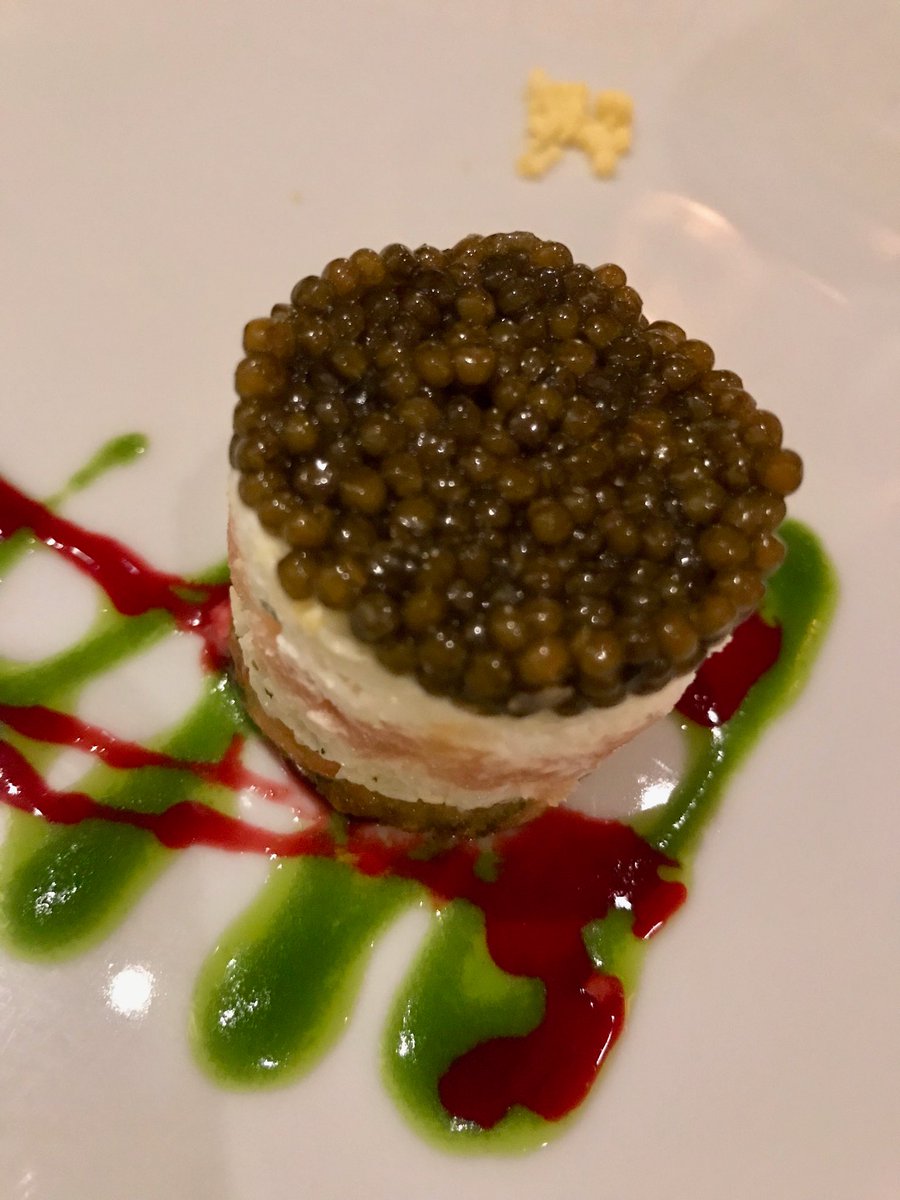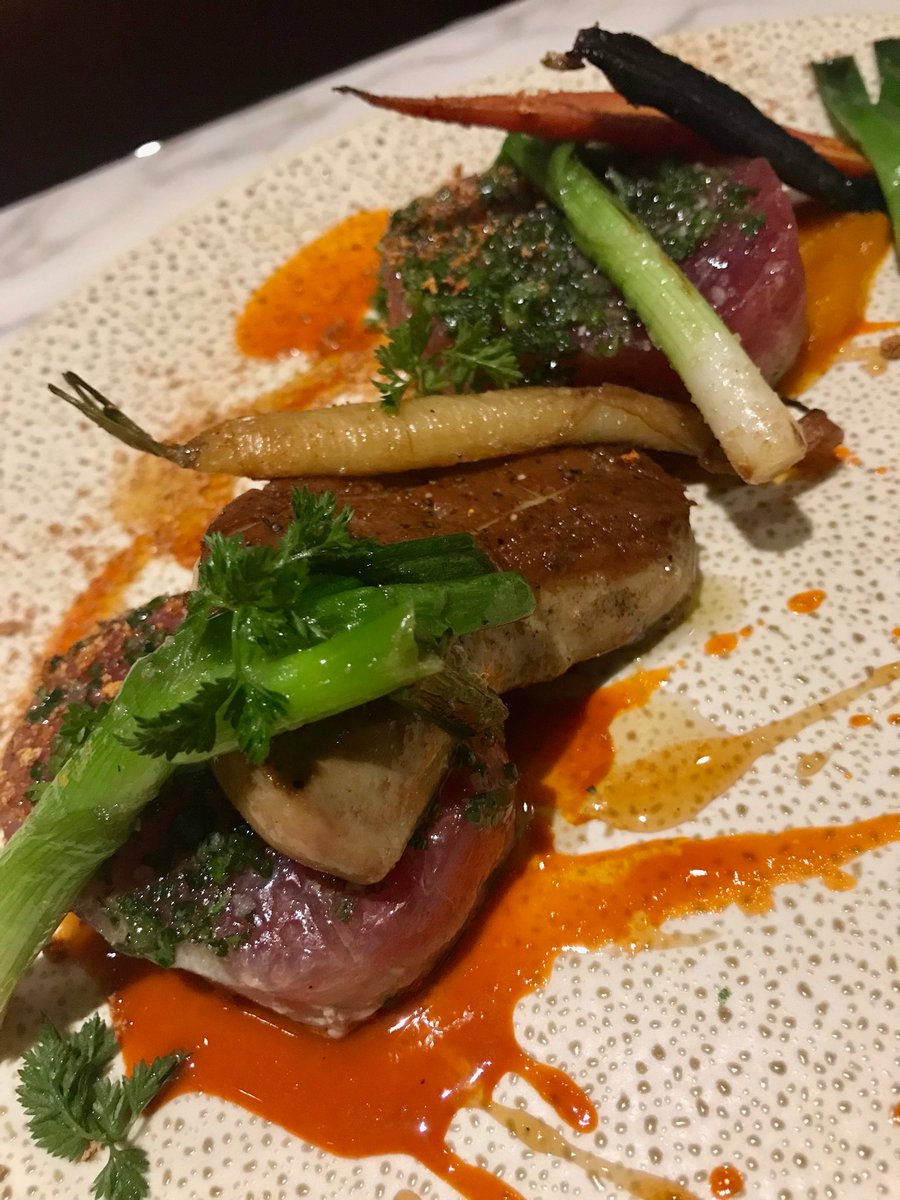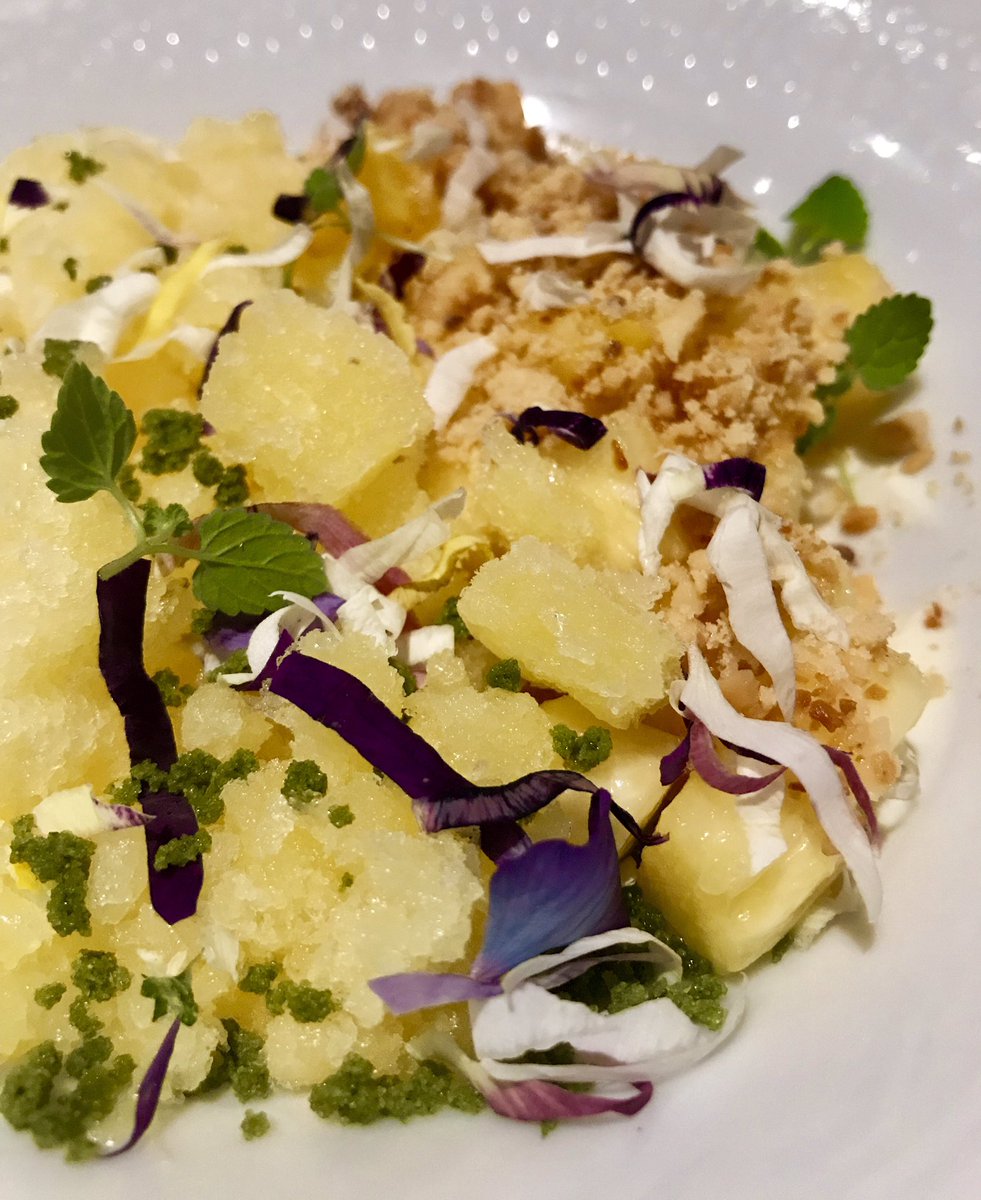“The more you know, the more you know you don’t know.” – Aristotle
The famous 20th Century British wine writer Harry Waugh was once asked, “Have you ever mistaken a Burgundy for a Bordeaux?” “Not since lunch,” was his answer.
POMPOSITY AND PLEBES
Until it was withdrawn from the market as the worst idea since New Coke, the actual label description on the bottle of “The Handmaid’s Tale” wine read: “Completely stripped of her rights and freedom, Offred must rely on the one weapon she has left to stay in control — her feminine wiles. This French Pinot Noir is similarly seductive, its dark berry fruit and cassis aromatics so beguiling it seems almost forbidden to taste. But it’s useless to resist the wine’s smooth and appealingly earthy profile, so you may as well give in.”
And you wonder why people find wine pretentious?
It is pretentious, and at its upper levels, insufferable.
The only thing more pretentious than a person who knows a lot about wine is someone who knows a little.
Just as a little learning can be a dangerous thing, so can a modicum of wine knowledge/vocabulary turn an otherwise likeable person into the world’s biggest buffoon.
Many know this, which is why pricking oenophile pomposity is practically an indoor sport for some writers. It’s the food writing equivalent of shooting fish-faced drunks in a French oak barrel.
The easiest way to pander to the plebes is by knocking wines and wine snobbery.
“Most people prefer cheap wines to expensive ones!” the article blares. “Expensive wine is for suckers!” is always the subtext.
That’s true — in the sense that most people prefer a cheap, fast-food hamburger to a custom-made one, and any Taco Bell outsells my favorite hole-in-the-wall by 100-1 on any given day.
But the more you learn about wine (and tacos, for that matter), the more you come to appreciate the taste of an authentic, small-batch one.
A better example might be music. Everyone knows what they like, and a lot of people like really really shitty music. If all they’re doing is mindlessly enjoying some stupid pop tune, leave them to their ignorance. But once you know something about good music, your tastes expand beyond bubble gum, the enjoyment of what’s being listened to deepens.
Still, there’s no doubt that wine has brought a lot of this opprobrium on itself with its history of pretension, and all the currency it gives to arcane language, one-upmanship, and hi-falutin’ “experts” reciting laundry lists of scents and flavors.
The good news is: things have improved immeasurably over the past two decades. As new sommeliers, wine sellers and writers have entered the field, they’ve brought with them unbridled youthful enthusiasm, unencumbered by the elitist language of the past. Wine sellers (both in and out of restaurants) are eager to have you try new things, not rest on the laurels of the tried-and-true. This makes wine drinking much more fun and accessible to the average consumer.
Wine lists up and down The Strip have also become more diverse, and more consumer-friendly. Over-priced bottles of Cali cabs are still everywhere, but there seems to be a downward trend in pricing, with many new lists at places like Vetri and Cipriani sporting a sizeable number of bottles under a hundy. Not to mention places like Mordeo, EDO, Esther’s Kitchen, Partage and Lamaii — all of which are off-Strip with serious-yet-affordable wine programs. This type of competition wasn’t around a decade ago, and all of us are drinking better for it.
Things have also improved because we baby-boomers (who practically made the California wine industry) are getting too old to waste our time showing off about wine. Or maybe it’s because the interwebs have made buyers keenly aware of the real costs of the product. Nowadays, the new class of consumers (Gen-Xers and Millennials) can immediately scan a bottle (or a list) into a website that instantaneously gives you tasting notes, ratings, and the average retail price.
More informed customers make it harder to pawn off crappy $15 sauv blanc on an unsuspecting rube for $60. Yet another reason why sommeliers now take pride in great, unsung bottles at reasonable prices.
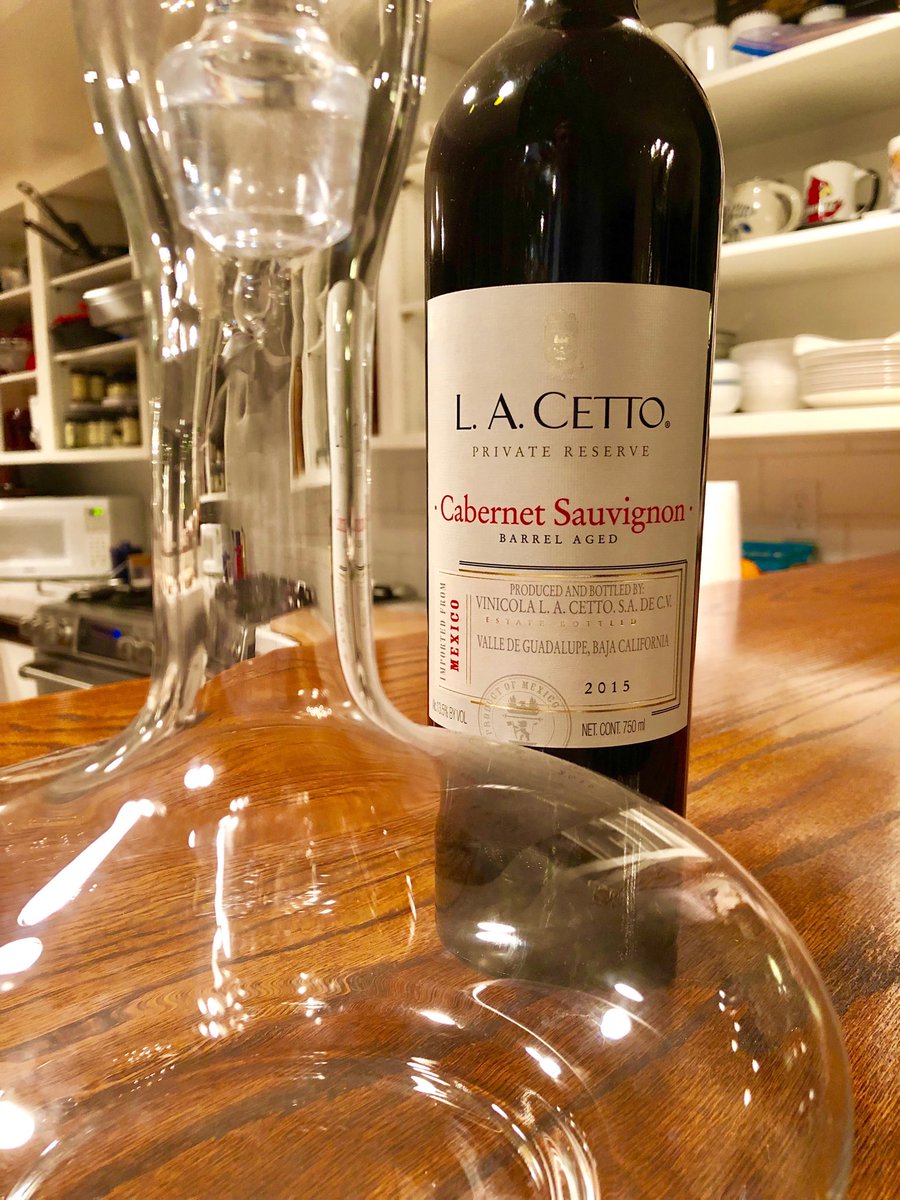 (Mexican wine: dusty and dark, needs food)
(Mexican wine: dusty and dark, needs food)
THE ABSURDITY OF SPECIFICITY
Yes, learning about wine is hard, but everything worthwhile is difficult when you first try it.
The thing about wine is how much fun the learning curve can be….as opposed to things like golf, needlepoint, or mountain climbing.
But once you climb even a small wine hill, you’ll find that the journey was worth it….even if bottles costing hundreds of dollars rarely are.
So it is with wine. You can drink cheap hooch to get drunk, or you can learn to appreciate the way good wine is made and all the factors that go into it.
The problem is: the people who know these things like to lord it over you like some imperious professor pooh poohing your term paper.
I find the whole “I’m getting peach pits, Meyer lemon zest, wet tobacco, gun-flint, hedgerow fruits and forest floor on the nose” nonsense to be a particular affliction affecting (mainly) insecure American sommeliers and head-up-their-ass wine writers. (This disease can be cured, but it takes years of deprogramming to get them out of their snooty little brains.)
“Hedgerow fruits”? Really?
And while we’re at it, how many people do you know who are familiar with 18th Century musketry?
Europeans, by and large, have a much healthier attitude towards wine. To begin with, they dispense with all the “peach pits, lemon zest, sour green apples” folderol, and use more emotional terms when describing a wine. To a Frenchman (or Englishman or Italian), wines may be feminine or masculine. Big and bold or soft and pleasant.
Aromatics might be “earthy” or “spicy” but no laundry list is necessary beyond that. Wine to them is an expression of fruit, and they generally avoid “blackcurrants, blackberries, ripe cherries, spearmint and cocoa powder” conversations…except when they’re talking to Americans.
I hear less lengthy recitals these days, and many more to-the-point descriptors like “grape-y,” “earthy,” “juicy,’ or “dense,” The whole point of those extravagant “smells like” recitations were always more for the professional tasters anyway, not for amateur enthusiasts. A wine tastes like itself, no matter what else it may resemble. Who gives a shit if you detect “hints of new mown hay,” “baking spices” (?), or “dessicated underbrush”?
Using a bunch of hyper-specific identifiers to describe a wine is like trying to describe a finished dish by listing the recipe ingredients.
All those descriptions are just metaphors. You might sense a whiff of strawberries, I might say “red fruits.” No one on earth really knows the difference between “dusty strawberries,” “wild strawberries,” and just plain “strawberries,” but that doesn’t keep those terms from being applied all the time….mainly to impress the listener (and the speaker with themselves).
So forget all that malarkey, and while you’re at it, throw your tasting wheel in the trash.
TASTING NOTATIONS
What I like to do is suggest to novice wine drinkers is that they develop their own vocabulary. Look for things you like in wine (like the fresh fruitiness of Gamay Beaujolais, for example), and use that as a benchmark to evaluate other reds. You’ll soon find that Cabernet Sauvignon has a muscularity that Gamay can’t match, and that those two wines hit the palate in a whole different (and darker) way than Pinot Noir does.
Once you learn a little about wine, drinking it becomes a lot more fun. Even if all you know is the difference between an oaked v. un-oaked Chardonnay, once you can make the distinction, your enjoyment is enhanced in the same way it is if an art historian explains Degas v. Henri de Toulouse-Lautrec to you.
Keep certain things in mind:
- Wine tasting is the opposite of drinking wine.
- Drinking wine is about overall aromatic impact; tasting wine is about breaking down its components.
- Wine has a greater variety of styles than any other agricultural product.
- All you’re looking to do is decode a few essential elements of the wine.
- There is no right or wrong, there is only the tastes and aromas you are experiencing. The fact that you can’t immediately put a label on those sensations is of no consequence.
- Tasting wine is about sharpening your senses, and about finding words that convey the heightened information you are receiving
- It is perfectly possible to enjoy all wine – from the cheapest swill to the rarest bottles – without knowing or caring how to describe the sensations you experience.
- There are no right answers, and no matter how good you get, you will get things wrong. All. The. Time. (See Harry Waugh quote above.)
 (The Wine Snob: hard at work at Bottega del Vino in Verona, Italy)
(The Wine Snob: hard at work at Bottega del Vino in Verona, Italy)HOW I TASTE
Rather than tell you how to taste, I’ll tell you what I do. I’m no wine expert, even though I write about it, and have been reading, studying and drinking wine seriously for forty years. The experts are the wine makers and the professional tasters. To equate my talents with a sport: If wine tasting/appreciation were golf, I’d carry a low handicap, but there’s no way I could compete at the Masters.
First, look at the color – Bright? Dull? Sparkly? Dark red? Deeply colored, like blackberry juice? Squid ink? Or lighter, like raspberries? Some white wines are as yellow as the sun; others can resemble a crystal clear mountain stream. German Rieslings almost appear grey in the glass sometimes, Chablis gives hints of green. Color isn’t something you can taste, but the range of hues of red, white and pink wines are so vivid, and so beautiful, you should never ignore them.
Then, swirl and stick that schnoz of yours deep into the glass – exception: sparkling wines – never swirl a bubbler.
(Remember: when you’re tasting wine, what you’re really doing is smelling it. Mouthfeel, bitterness, sweetness, grip on the side of your mouth (tannins) all play a role, but the nuances of grapes come through much more in their bouquet than in how they lie on your tongue. The previous sentence can be true, or completely false. Some wines taste like they smell, and some do not. Others emit wonderful aromas and go flat in the mouth. Like I said, there are no hard and fast rules, just individual sensations.)
Finally, take a small sip and hold it in your mouth and breath through your nose whilst sucking in a little air through your pursed lips.
Think to yourself: Is it strong? Weak? Intense? Flabby? Does it linger in the mouth? Pucker your tongue (that tannin thing again)? Does the flavor remain all the way to the back of your tongue? Or does it disappear quickly? A great Chardonnay (e.g., cru Burgundies) have a finish that lasts until next Tuesday. Great Rieslings literally sparkle on your tongue from their face-slapping acidity.
Don’t search for highly particular descriptive similes! Just think about what is pleasant or not so about it. Does it remind you a fruit pie? Of licking a wet rock? Do you like its sweetness? Is it too tart? (You may not like it at all. Wine is, in essence, spoiled, soured grape juice — preserved through fermentation — and not everyone’s cup of tea.)
Is there something unappealing about it? This may or may not be a flaw. I love German and Alsatian Rieslings, but they can give off strong whiffs of petrol or kerosene. Cabernet Franc can smell like green bell pepper? Some folks like New Zealand Sauvignon Blancs and their cat pee aromas: I find them ridiculous. Some Central Coast Pinot Noirs give off a slightly smokey nose. I love them; my wife (the long-suffering Food Gal®), does not.
Now comes the fun part, the most important part: Does your first sip make you want to keep drinking it? The priciest wine in the world isn’t worth it if you don’t want to have another glass. Some white wines have fruit so elusive you’d think the winemaker infused his water with iron ore. (These are some of the most expensive ones, BTW.) Huge Cali cabs can wear your palate out after a few sips. It’s all very personal. Go with your gut….or actually, your mouth.
Compare, compare, compare. Grab a glass of Central Coast chard, then make your next one a Chablis. Tasting them side by side will teach you a lot, even if you know nothing about how the wines are made.
Think about what you’re drinking. Is it in balance? Do fruit, bitterness, acid all knit together into a seamless whole? Or does one of these predominate?
The point is: Don’t try to dissect it; just try to identify what you like (or don’t like) about it.
TWO ESSENTIAL WINE WORDS
Use either of these the next time you want to watch the room empty after you take a sip of wine:
Organoleptic – aka “mouthfeel” – as in, “The organoleptics of this 1976 Fritz Blitzkreigmeinkampf Guttenjingleheimerschmitdtz Trockenbeerenauselese do not match those of the Layer Cake chard I polished off last night.”
Sapidity: defined in the dictionary as deliciousness, but used by (mostly Italian, some Spanish) winemakers to denote certain saline-mineral notes in a wine, such as, “Only a sap wouldn’t notice that the sapidity of this wine resembles licking an oyster shell dipped in potato chips.”
Finally, try to ignore the super-annoying voice of the narrator and you’ll find some useful information in this video:


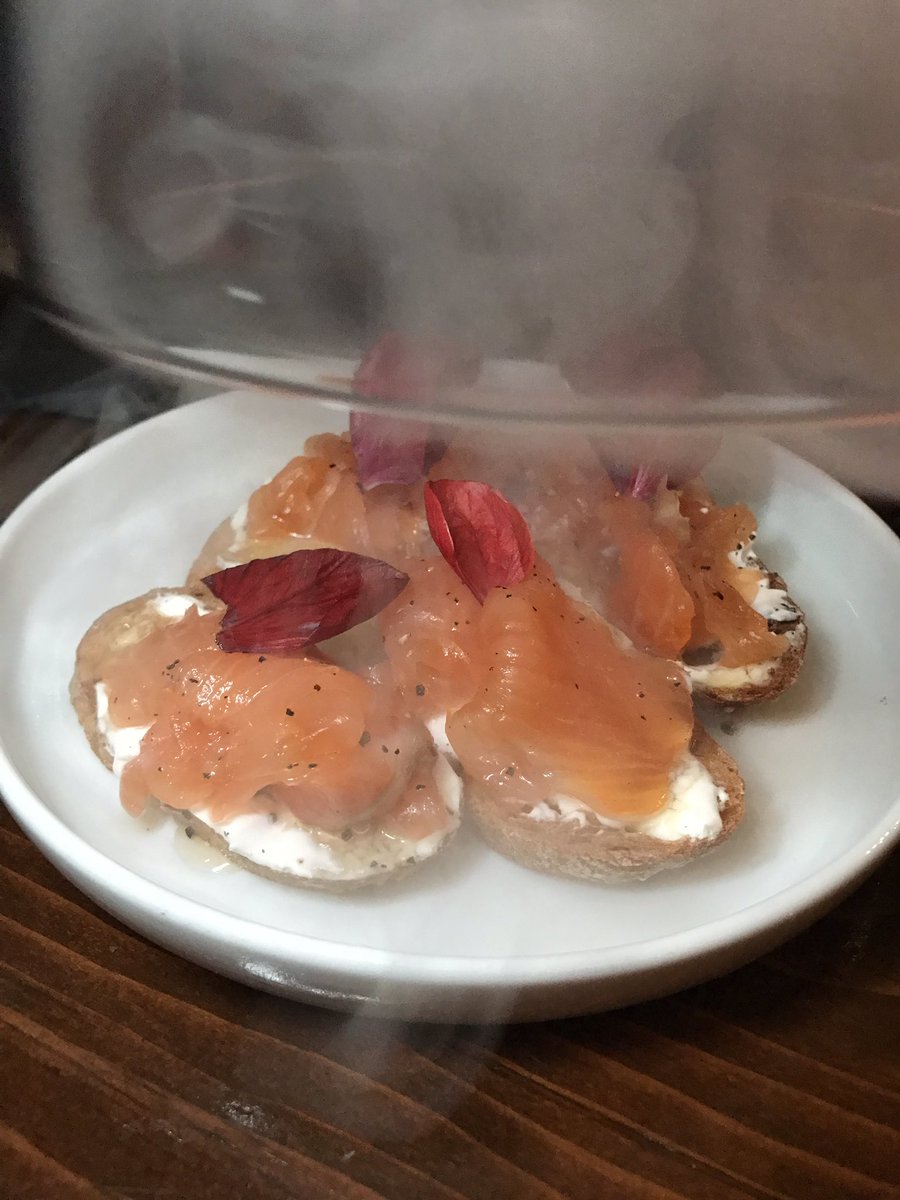
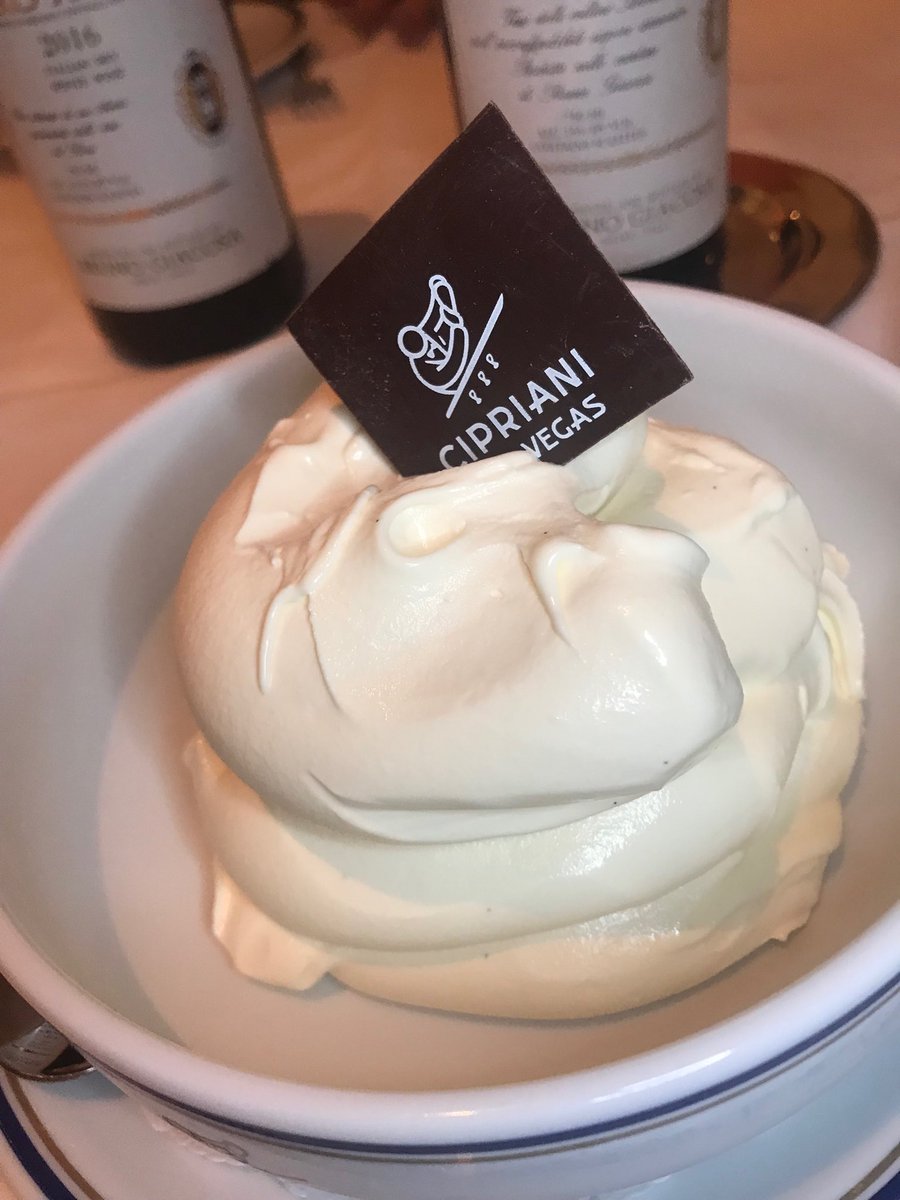 (This is what ice cream is supposed to look like)
(This is what ice cream is supposed to look like)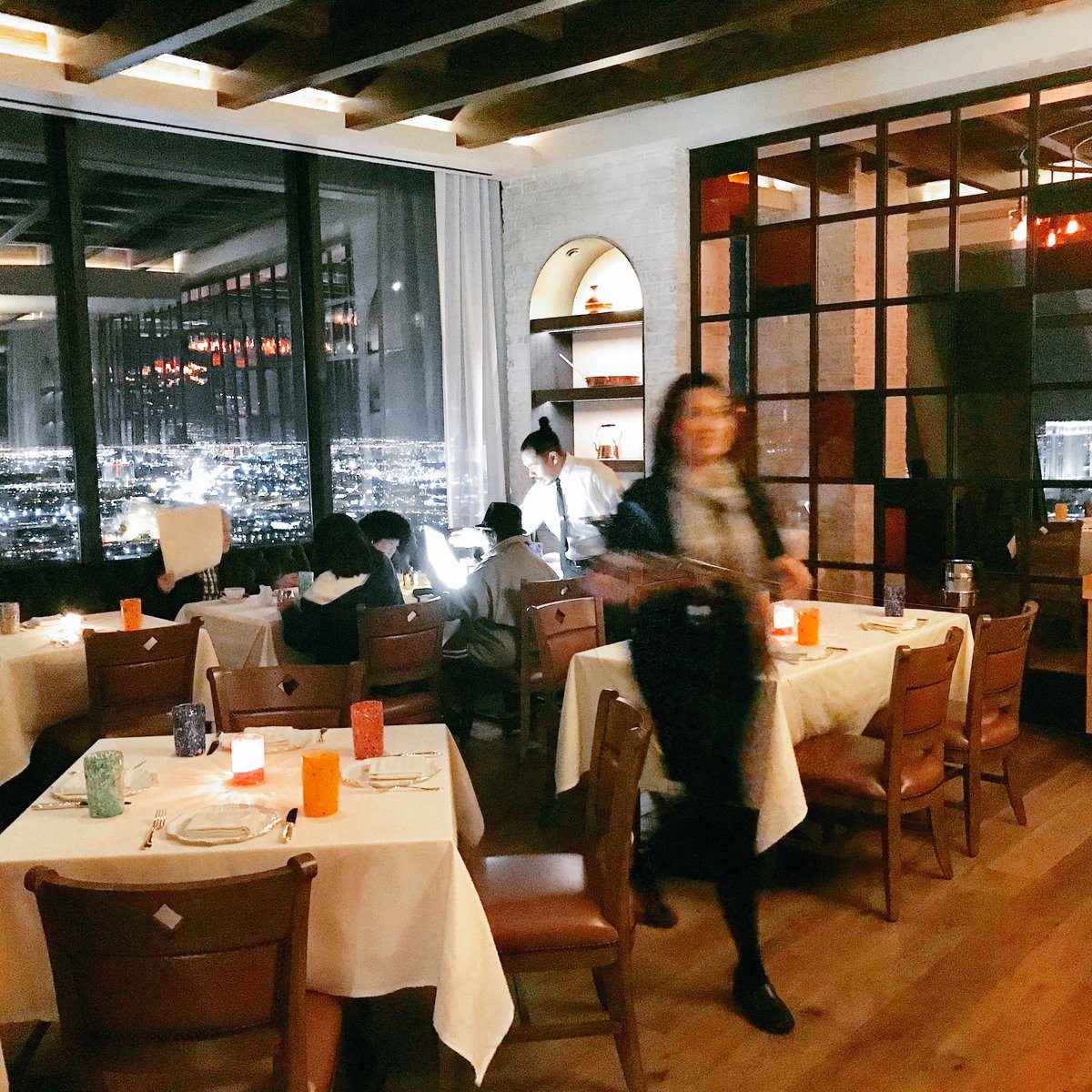
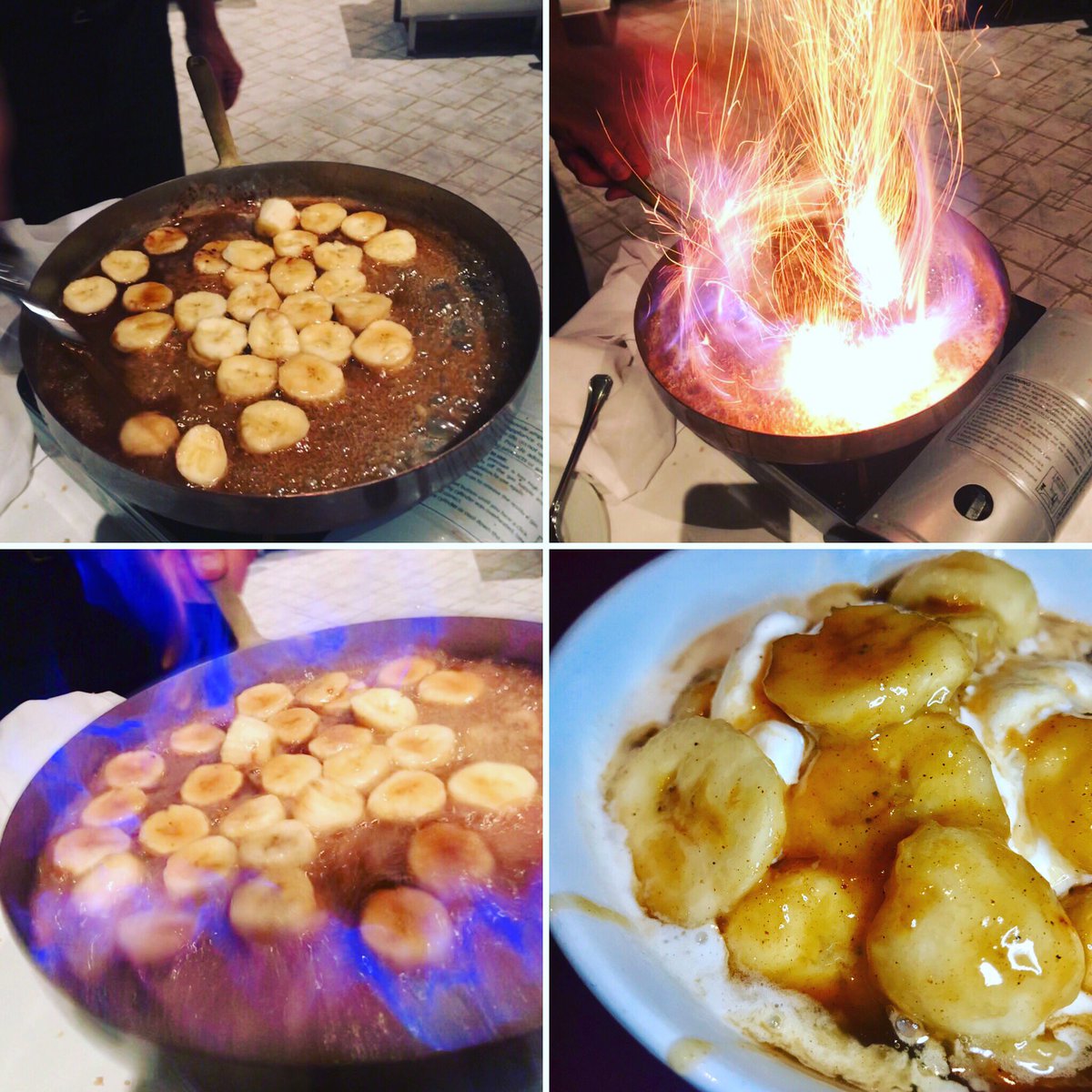
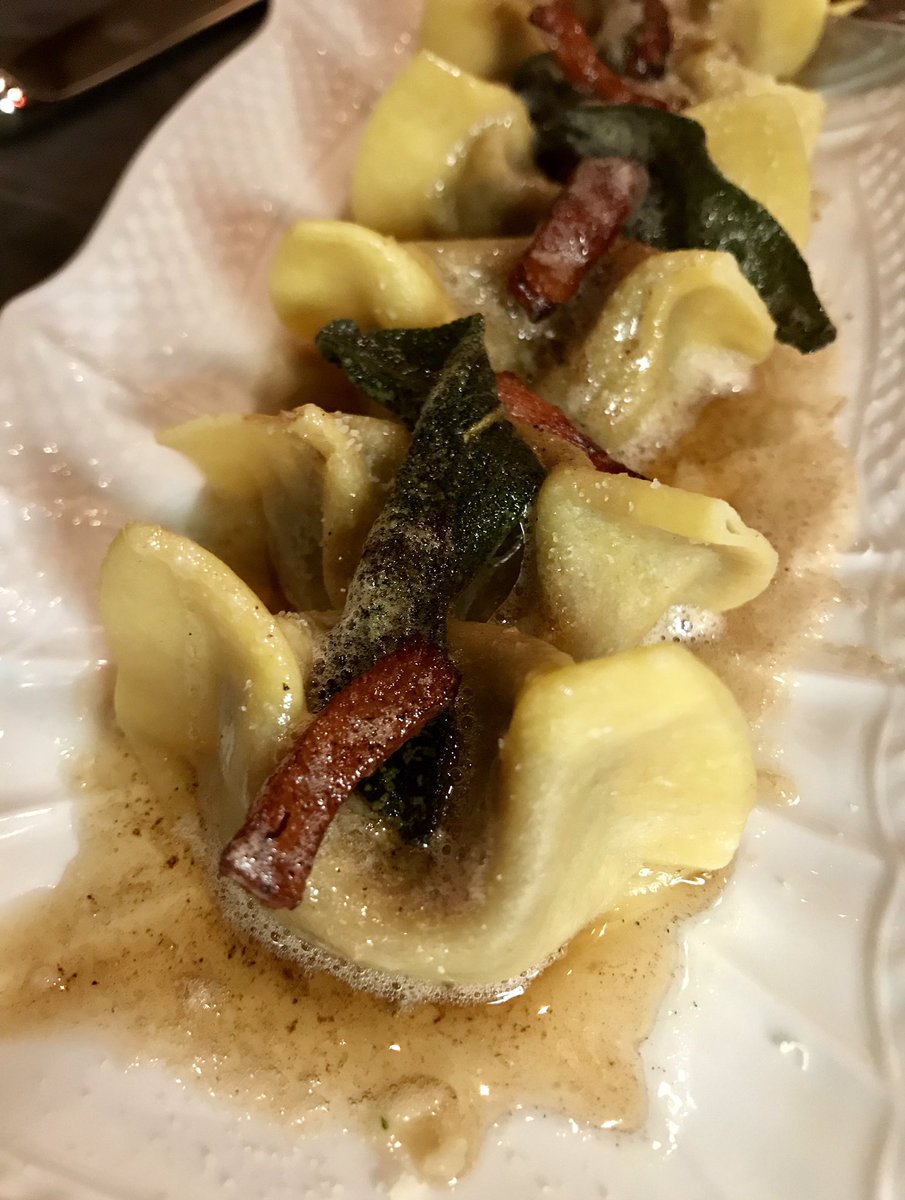 (Casoncelli alla bergamasca at Vetri)
(Casoncelli alla bergamasca at Vetri)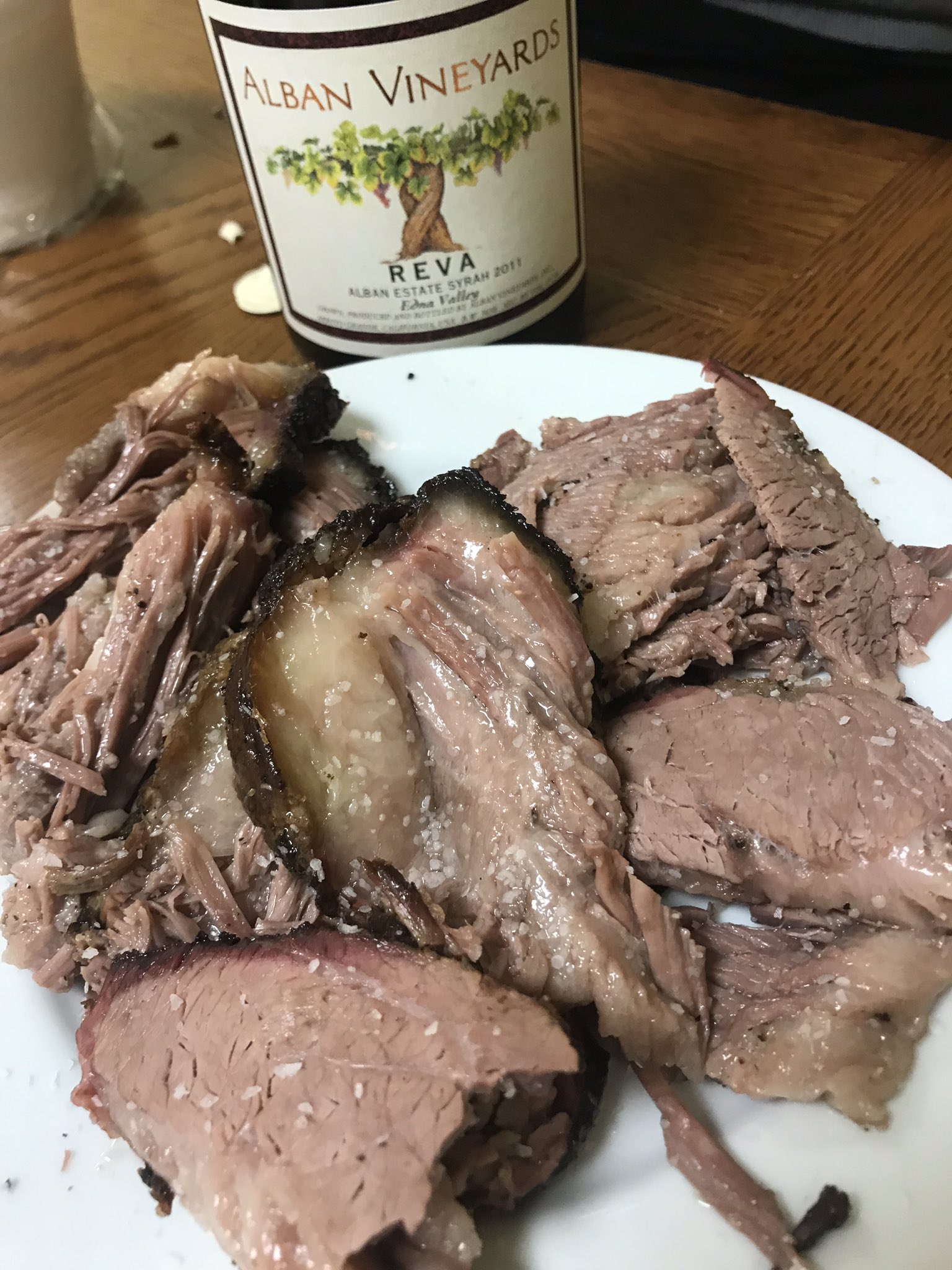 (Sin City brisket)
(Sin City brisket)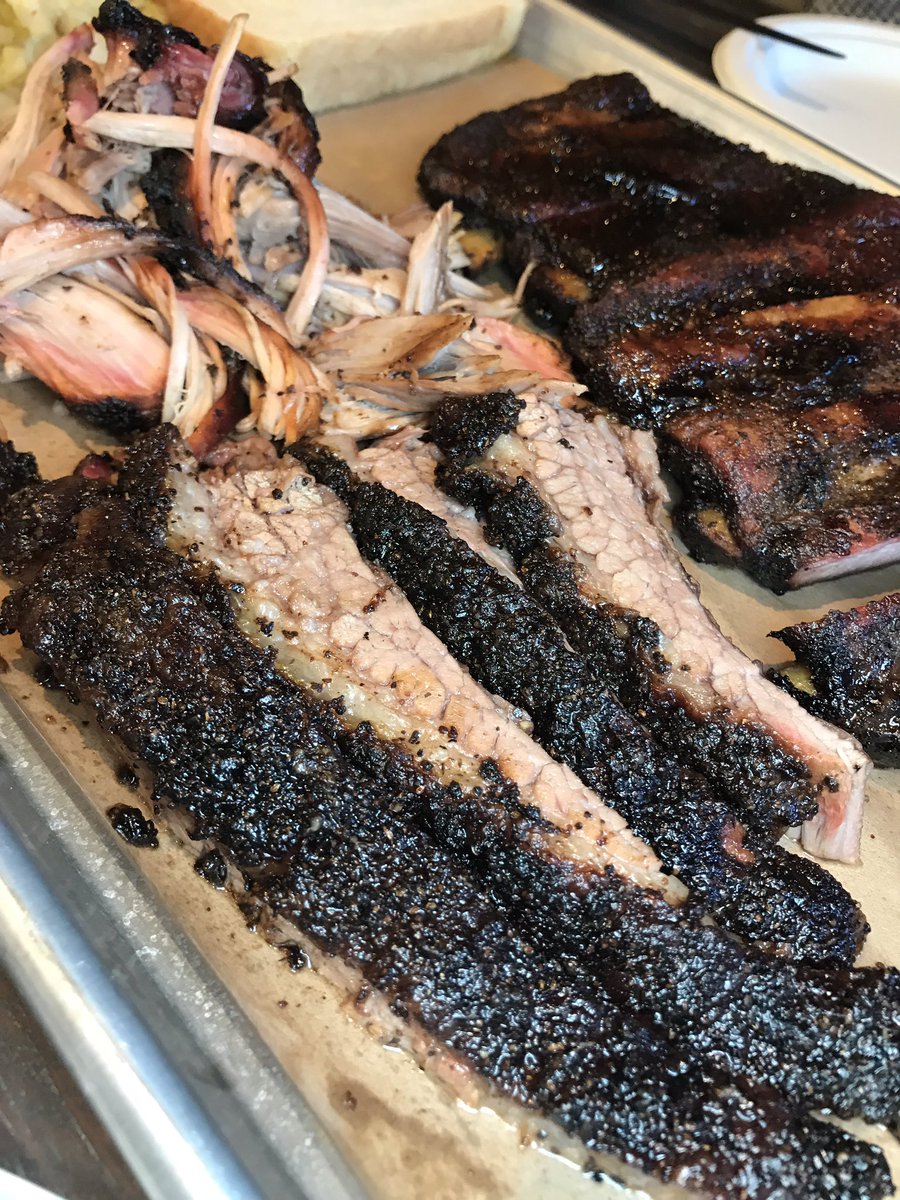 (Platter at Mabel’s)
(Platter at Mabel’s)